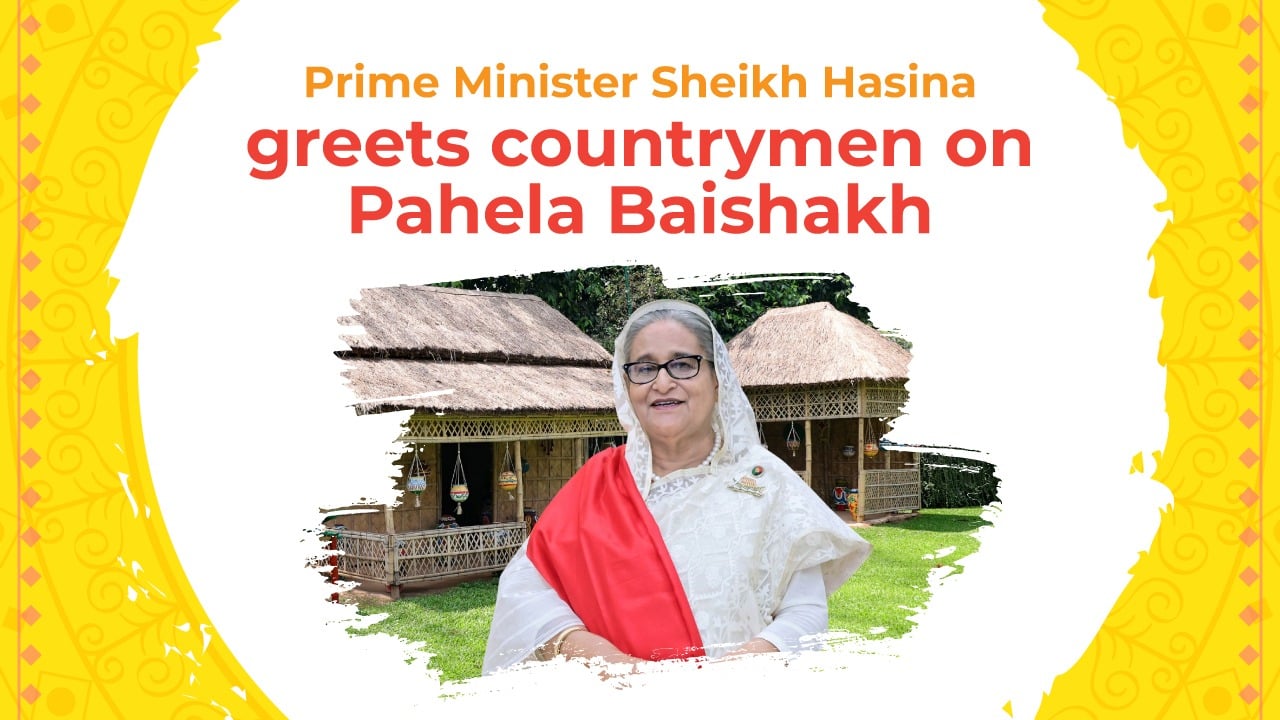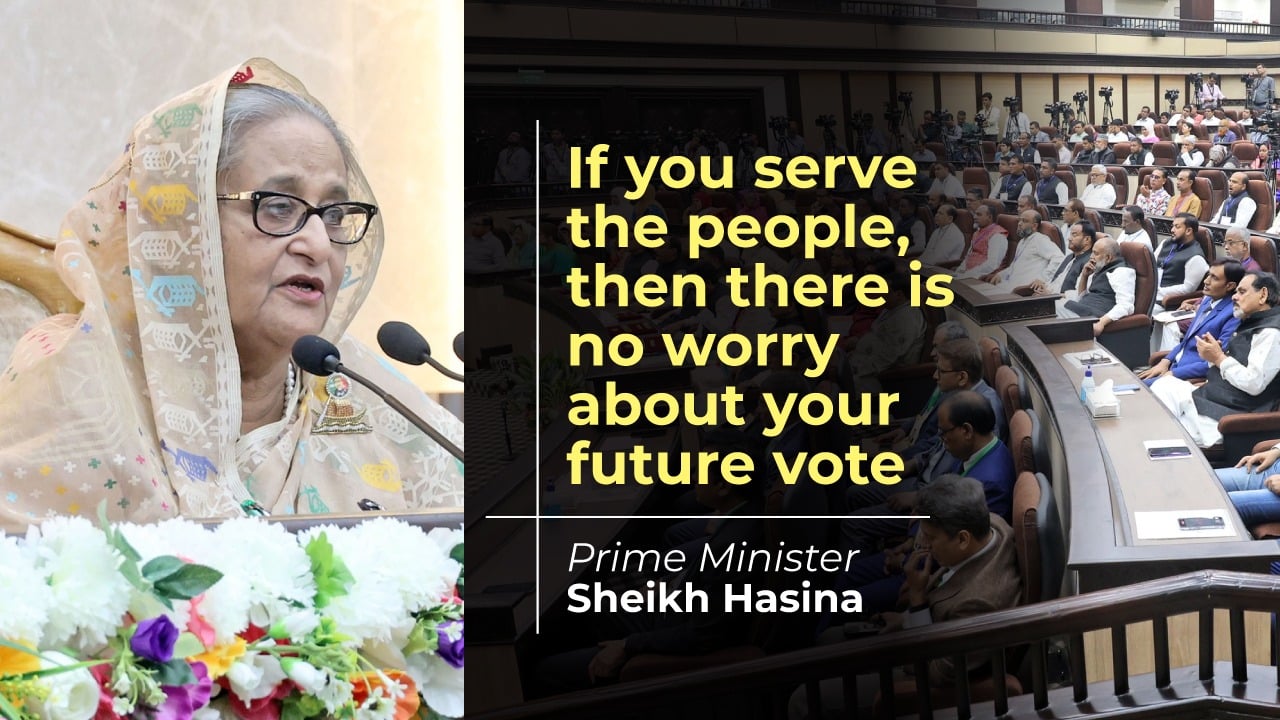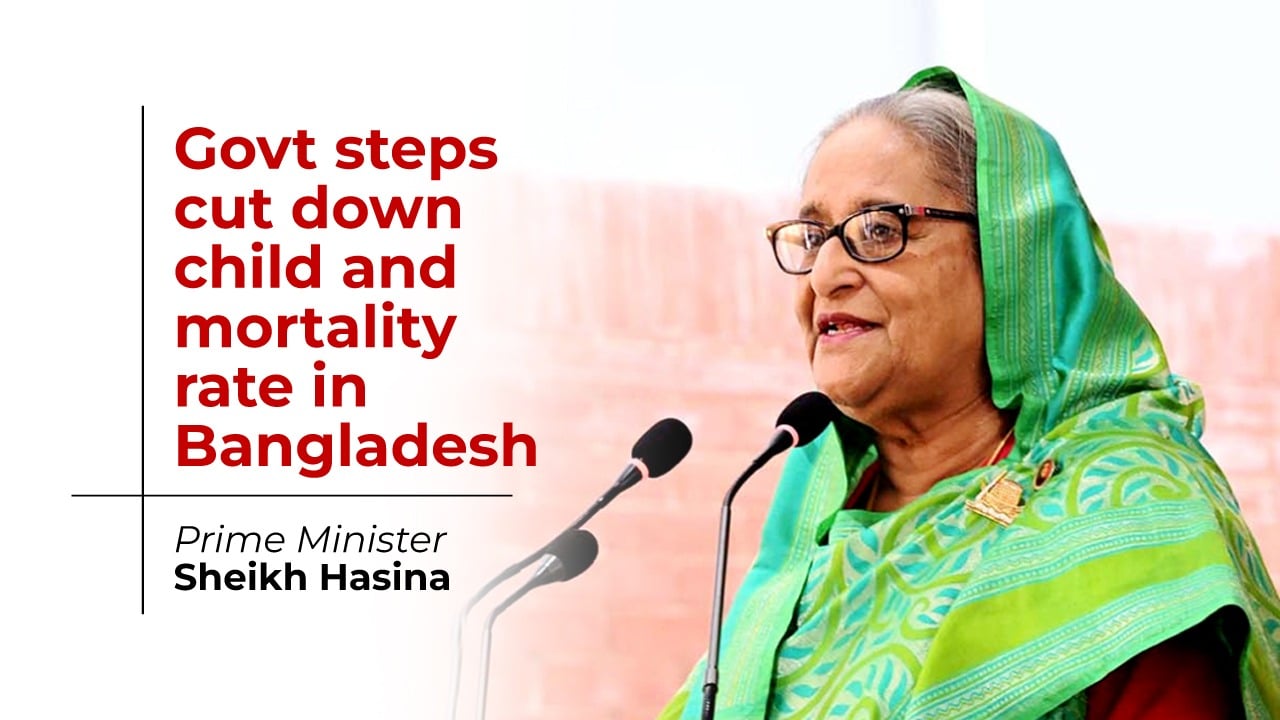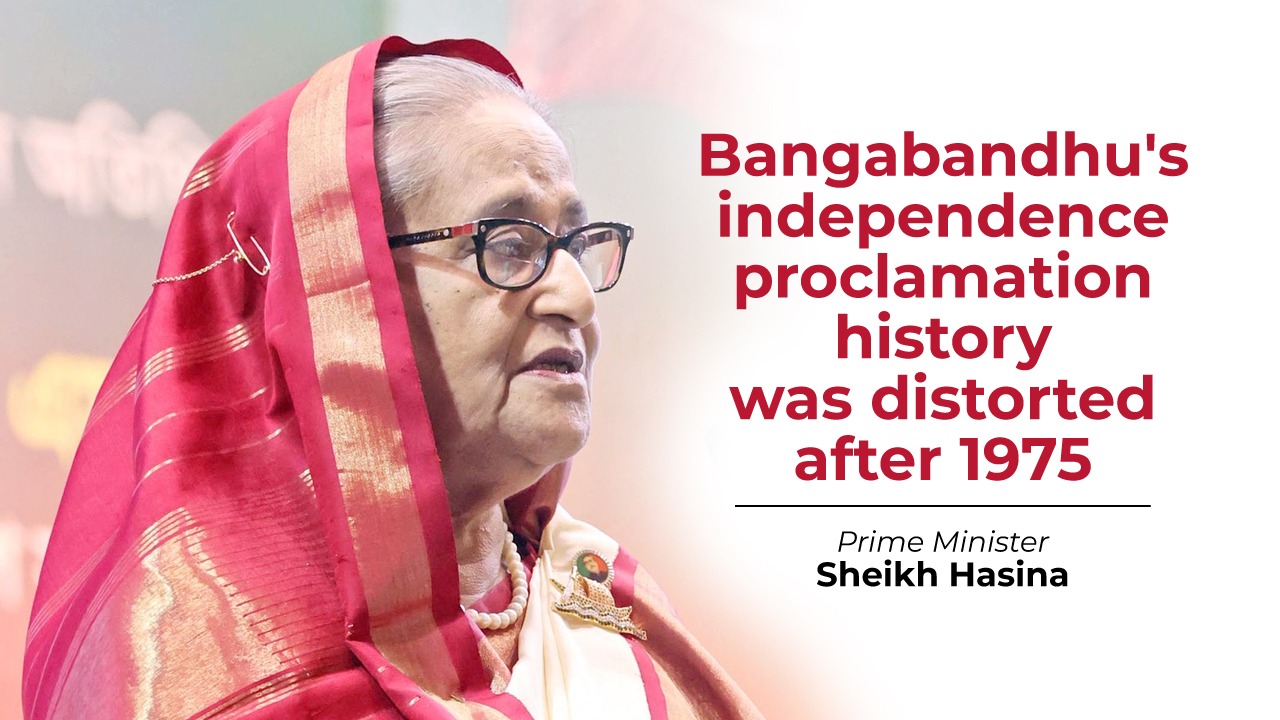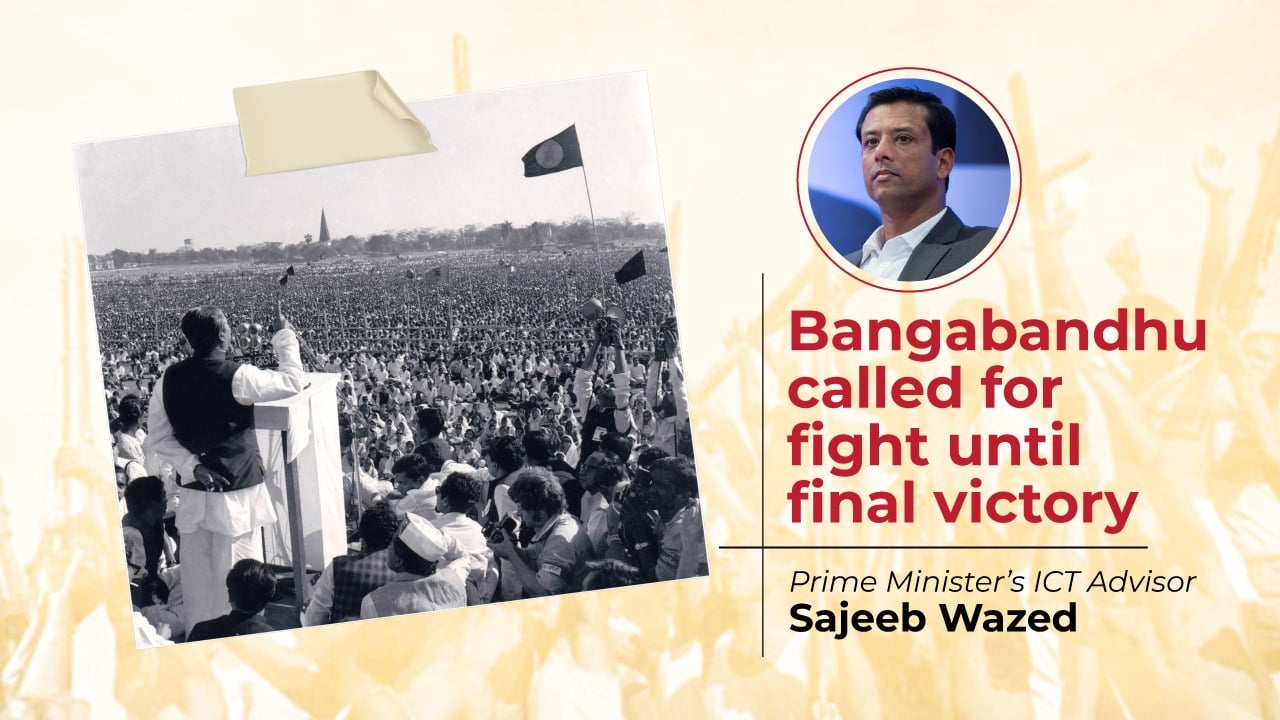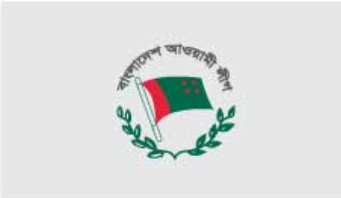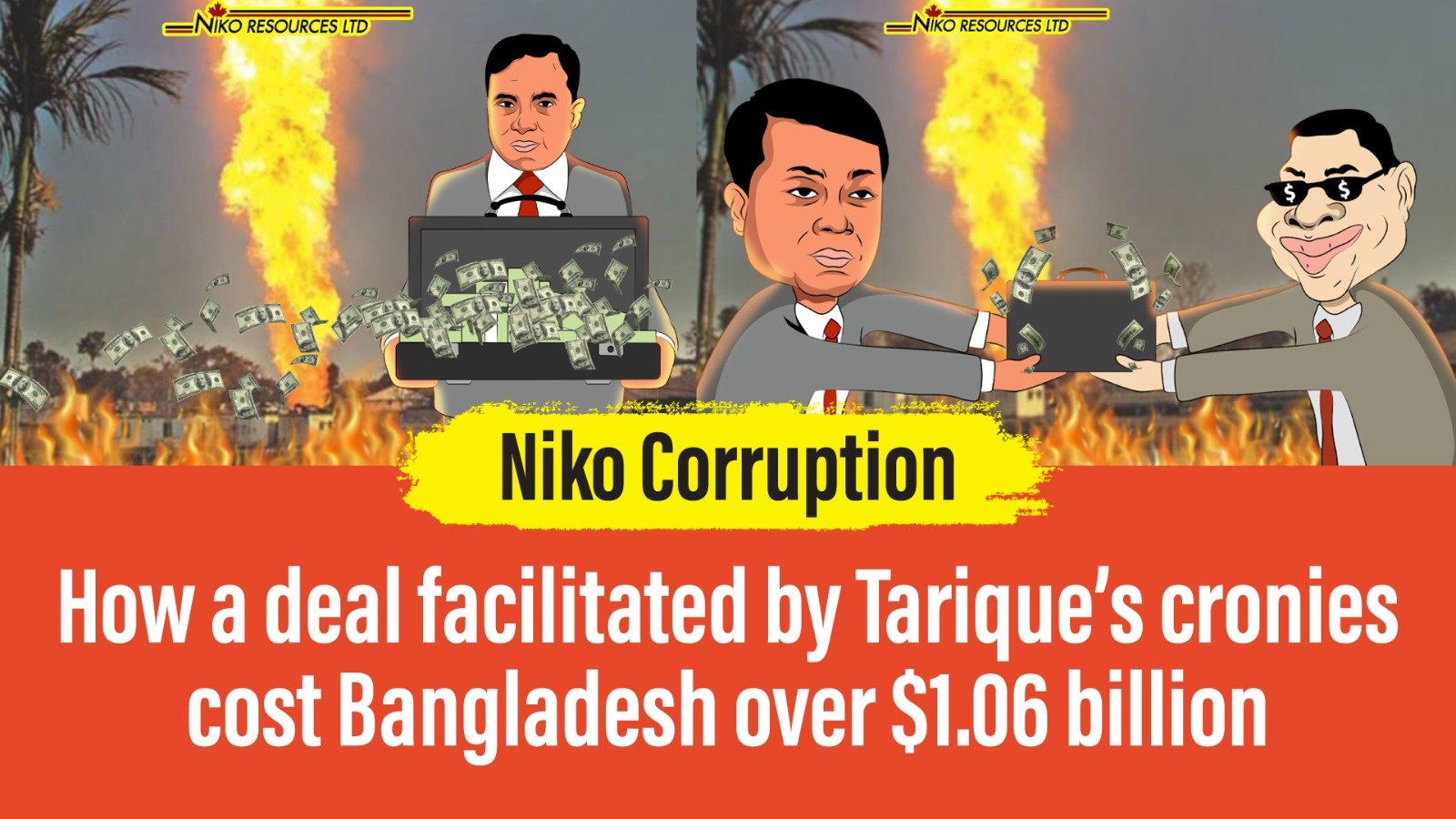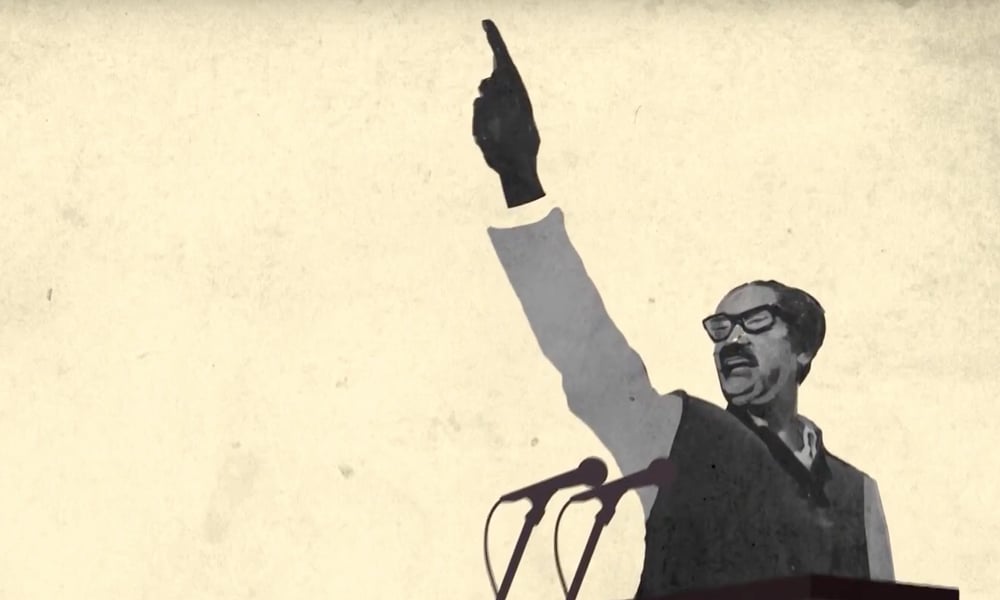21265
Published on August 20, 2023On 21 August 2004, several military grade grenades were hurled at an Awami League rally in Bangabandhu Avenue, Dhaka. Twenty-four leaders and activists of the Awami League and its associate bodies were killed and over 300 others suffered splinter injuries in the August 21 attack. Among the dead were Ivy Rahman, then Mohila Awami League Chief and also the wife of late President Zillur Rahman. Many of the injured became crippled for life. Prime Minister Sheikh Hasina, then opposition leader, narrowly escaped the attack with ear injuries, an ailment she carries till today.
The aim of the attack was simple: Kill Sheikh Hasina and eliminate the entire top leadership of the party. It was one of the worst terrorist attacks in Bangladeshi soil. It was also one of the worst kinds of terror attacks, because it was state sponsored and it was directed at the elimination of one’s political opponents.
In short, the attack was carried out by the terrorist group Harkat Ul Jihad (HuJI) at the behest of the highest echelons of the then BNP-Jamaat Government including Tarique Rahman, the then BNP State Minister Lutfozzaman Babor, the then BNP Deputy Education Minister Abdus Salam Pintu, the then Jamaat E Islami Social Welfare Minister Ali Ahsan Mojaheed, Political Secretary of the then Prime Minister Khaleda Zia Harris Chowdhury, and several top law enforcement and intelligence officials of DGFI and NSI. There was involvement of several other foreign groups including Kashmir-based separatist organisations, Hizb-ul Mujahideen, Tehrik Jihad-e Islam, Lashkar-e Tyaba, and the Myanmar-based Rohingya Solidarity Organisation (RSO).
The trial for this gruesome crime is now complete.
The Motive Behind the Attack
From the charge sheet, evidence and testimonies of the prosecution, confessions of Harkat ul Jihad (HuJi) chief Mufti Hannan and Khaleda Zia’s nephew and then APS-1 Saiful Islam Duke, it becomes clear that the motive of the attack was thus:
Tarique Rahman, son of Khaleda Zia and current acting chief of Bangladesh Nationalist Party (BNP), targeted Sheikh Hasina and Awami League leadership for elimination. For this task, terrorists of HuJi were to be used. HuJi, of course, given their own twisted ideology needed little persuasion, as they considered Sheikh Hasina an ‘Enemy of Islam’ for her secular leadership.
The planning of the attack and final details were finalized a few days before the attack in the political office of Tarique Rahman in Gulshan, Dhaka called ‘Hawa Bhaban’. HuJi terrorists met with, took directions from, and were assured of all administrative support from, Tarique Rahman, and other influential participants of that planning meeting which included:
Lutfozzaman Babar, then State Minister for Home, Harris Chowdhury, Political Secretary to then Prime Minister Khaleda Zia, Ali Ahsan Mohammad Mojaheed, Secretary General of Jamaat-e-Islami and the then social welfare minister, Abdus Salam Pintu, the then Deputy Minister for Education, NSI Director General Brig Gen Abdur Rahim and DGFI Director Brig Gen Rezzaqul Haider Chowdhury. Confessional statement of Mufti Hannan states that the fugitive convicted killer of Bangabandhu, Major Noor Chowdhury, was also an active participant of that meeting.
Then BNP lawmaker Shah Mofazzal Hossain Kaikobad arranged meetings between the HuJi attackers and BNP-Jamaat plotters at Tarique Rahman’s political office Hawa Bhaban. Apart from the meeting at Hawa Bhaban, other planning meetings took place at a Huji Den in Mohammadpur and the Dhanmondi residence of BNP Deputy Minister Abdus Salam Pintu, during which time the grenades were handed over to HujI killers by Tajuddin.
See the video of Mufti Hannan’s Confession here:
More information about the grenades used come from one of the other accused, Abu Yusuf Bhat, a Pakistani terrorist, who in his confessional statement stated one Mujaffar Shah, a leader of Pakistan-based militant outfit Tehrik-e-Jihadi (TJI), gave the grenades to Tajuddin. He also talked about how HuJi was assured of BNP government support by Deputy Minister Abdus Salam Pintu.
Operation ‘Light Snacks for Sheikh Hasina’
On 20 August, the day before the attack, HuJi killers, Kajol and Abu Jandal went to Bangabandhu Avenue to inspect the scene of the attack. The name of the operation was ‘Light Snacks for Sheikh Hasina’ (‘Sheikh Hasina Ke Nashta Korano’). On 21 August, they met at a designated Badda house to group. It was decided that a total of 12 would participate in the attack, led by Kajol and Abu Jandal. They then prayed together and had lunch. After the final meeting, Maulana Sayeed gave a sermon on Jihad. Mufti Hannan ten handed over 15 grenades to the 12 designated killers.
As agreed, after Asr prayers, they all regrouped near Golap Shah Mazar. After that they took positions around the truck where the Awami League leaders would address the rally. After Sheikh Hasina’s speech, Abu Jandal hurled the first grenade. Then, each of them hurled their grenades and left the scene. As agreed with the plotters earlier, they received helped from security and intelligence officials to flee the scene of the crime in broad daylight.
2004-06: Obstructing Investigation and Justice
Given that the top government and security officials of BNP and Jamaat were themselves involved in the planning and execution of the attack, in hindsight, it appears hardly surprising that they did everything in their power to ensure that there was never any proper investigation of the 21st August attack. In fact, they did just the opposite to divert the process, derail the investigation and helped the attackers escape justice.
This was obvious from the moment of the attack itself. Usually, a volunteer group comprising of Sechchasebak and Chhatra League leaders and workers was usually engaged in maintaining security of any Awami League meeting and they did it from the rooftops of nearby buildings. But on 21 August 2004, such volunteers were not allowed to get on the rooftops of the buildings as those were closed.
Immediately following the grenade explosions, the police on duty there helped the attackers flee by firing tear gas shells and charged batons on the Awami League men who had been rescuing the injured. In the immediate aftermath of such an attack, any basic forensic sense would dictate that the crime scene be cordoned off for collection of samples and evidences, but the entire scene was washed with water and detergent to destroy any evidence. Even the recovered grenades were not preserved, but rather destroyed!
As a means of cover up, the then BNP-Jamaat Government formed a one-man Judicial Commission headed by Justice Joynal Abedin which performed a mockery of an investigation and concluded that ‘foreign and local enemies’ had carried out the attack. Two years later that same Justice Joynal was elevated to the Appellate Division of the Supreme Court, presumably as a means of rewarding him for his ‘report’.
One of the principal tactics employed by the then BNP-Jamaat Government to derail the justice process was to implicate innocent people in the case. For instance, petty criminal Joj Mia, was falsely implicated in the August 21 grenade attack cases. Officials of the Criminal Investigation Department arrested Joj Mia from his home on June 10, 2005. He was later found innocent and released from jail after around three years. Another such victim was Partho, who still suffers from posttraumatic stress as a result of the torture induced forced confessions.
See the video of Joj Mia’s ordeal here:
One of the principal liaisons, planners and attackers was terrorist Tajuddin, who was also BNP Deputy Minister Abdus Salam Pintu’s younger brother. He was helped to flee Bangladesh to Pakistan fter the attack, at the behest of Tarique Rahman, by the nephew of Khaleda Zia and her APS-1, Saiful Islam Duke with other accused of the case form DGFI.
As transpired later, the principal attacker was Mufit Hannan, the chief of HuJi. Hannan and his associate Bipul were not shown arrested in the 21st August attack case by the BNP-Jamaat Government even after they confessed their involvement in the attack being arrested in another case.
2006-2018: The Long Wait for Justice
During 2004-06, for two years, the CID failed to submit the charge sheets in the cases although then BNP leaders had claimed several times that the probe was about to be completed and everything would be revealed. The investigators, rather than seeking out the truth were out to deliberately misdirect the probe to protect the real culprits.
In July 2007, the Criminal Investigation Department (CID) initiated a fresh investigation during the caretaker government regime. On June 11, 2008, the CID submitted a charge sheet accusing 22, including Huji leader Mufti Hannan and former BNP Deputy Minister Abdus Salam Pintu. It also hinted at the involvement of some influential BNP-Jamaat government and security officials.
However, the investigators could not identify the mastermind and the sources of the grenades used in the attack. Thereafter, on June 22, 2009, the prosecution sought further investigation to identify the grenade suppliers and the patrons of the attack. On August 3, 2009, the court ordered the probe and a new CID official was assigned to the case.
Finally in July, 2011, the CID submitted a supplementary charge sheet, which pointed to a collaboration between the militant outfit Huji, a section of influential BNP and Jamaat-e-Islami leaders, and senior officials of the home ministry, police, Directorate General of Forces Intelligence (DGFI), National Security Intelligence (NSI) and the Prime Minister's Office (PMO) in the attack.
The supplementary charge sheet was submitted against 30 accused, including Tarique Rahman, former State Minister for Home Lutfozzaman Babar and Former Jamaat Secretary General Ali Ahsan Mohammad Mojaheed. In March 2012, the tribunal indicted 52 accused, including Tarique, on murder charges while 38 accused were indicted in the case filed under the Explosive Substances Act.
The 11 other accused in the murder case were not implicated in the explosive case. They include three former IGPs, three ex-CID officials, two former senior police officials, Khaleda Zia's nephew Duke, and two former army officers ATM Amin and Saiful Islam Joarder.
Jamaat leader Mojaheed has already been executed for committing crimes against humanity during the Liberation War while Mufti Hannan and another Huji man were executed in the case filed over the grenade attack on former British High Commissioner to Bangladesh Anwar Chowdhury in Sylhet. Thus, their names were dropped from the cases.
Thus, currently 49 people stand indicted and are being tried in two cases of murder and blasts over the grenade attack, including BNP’s acting Chief Tarique Rahman. Eight of the accused are now on bail while 18 including Tarique are absconding. Twenty-three, including former BNP State Ministers Lutfozzaman Babar and Abdus Salam Pintu, are currently behind bars.
Verdicts of the Case: Life sentence for tarique Rahman
The verdict was delivered on October 11, 2018.
Then state minister for home Lutfozzaman Babar, former deputy minister for education Abdus Salam Pintu, former director of the Directorate General of Forces Intelligence (DGFI) Brig Gen (retd) Rezzaqul Haider, former DG of National Security Intelligence (NSI) Brig Gen (retd) Abdur Rahim and 15 others were found guilty on charges of killing through common intention, planning and criminal conspiracy. They were each sentenced to death and fined Tk 1 lakh.
On the same charges, Tarique; Abul Harris Chowdhury, political secretary to the then prime minister Khaleda Zia; Kazi Mofazzal Hossain Kaikobad, a BNP lawmaker at the time; and 16 others were given life terms. They were also fined Tk 50,000 each. If they fail to pay the fine, the convicts will have to serve an additional year in jail.
Tarique, Babar and 36 others, who were given either death penalty or life term, have also been found guilty of other charges. Each of them was sentenced to life imprisonment for causing grievous injuries through common intention, planning and criminal conspiracy. They were also fined Tk 50,000 each over these charges.
In the explosives case, Babar and 18 others, who were given death penalty in the murder case, were also found guilty of killing by throwing and exploding grenades and abetting in committing the offences. Each of them was given death sentence in this case as well and fined Tk 1 lakh.
For the same offence, Tarique and 18 others, who got life term in the murder case, have been convicted and sentenced to life in prison. Each of them was also fined Tk 50,000.
Also in the explosives case, Tarique, Babar and 36 other accused were found guilty of grievously injuring victims through common intention, planning and criminal conspiracy. Each of them was sentenced to jail for 20 years with a fine of Tk 50,000.
Former Inspectors General of Police (IGP) Ashraful Huda and Shahudul Haque were sentenced to two years in jail and fined Tk 50,000 for harbouring the offenders. They will have to serve six months more in prison if they fail to pay.
The court handed down the same punishment to the two former top cops for protecting the offenders.
Lt Commander (retd) Saiful Islam Duke, also nephew of Khaleda; Saiful Islam Joarder, former DGFI official (sacked); and Maj Gen (retd) ATM Amin, former top DGFI official, were also given four years in jail in two counts -- two years for each -- for harbouring and protecting the offenders.
Another former IGP Khoda Baksh, SP of CID Ruhul Amin and ASPs of CID Abdur Rashid and Munshi Atikur Rahman were found guilty of misleading the investigation and cooking up the "Joj Mia" story. They too were sentenced to two years in jail each.
Khaleda Zia’s Role
Following one of the gruesome attacks on Bangladesh’s soil, Khaleda Zia, rather than acting like a Prime Minister, showed her true colours. She remarked in Parliament with ridicule: “Who would want to kill her?” and also reportedly said that Sheikh Hasina carried the grenades to the venue of meeting in her own vanity bag. This was also a recurring insensitive theme of comments among BNP-Jamaat activists and leaders at that time. That Awami League carried out the attack on its own people to garner sympathy at home and abroad.
Khaleda Zia’s questionable role also becomes that much clear when one looks at the statement the then DGFI Chief Rumi, who was denied twice by Khaleda Zia when he asked to investigate the 21st August attack. Even if it cannot be stated with certain that she was directly involved here, at the very least it is extremely plausible that Khaleda Zia knew that Tarique Rahman was involved and would rather save her son then look at the welfare of the state or her oath as the Prime Minister.
